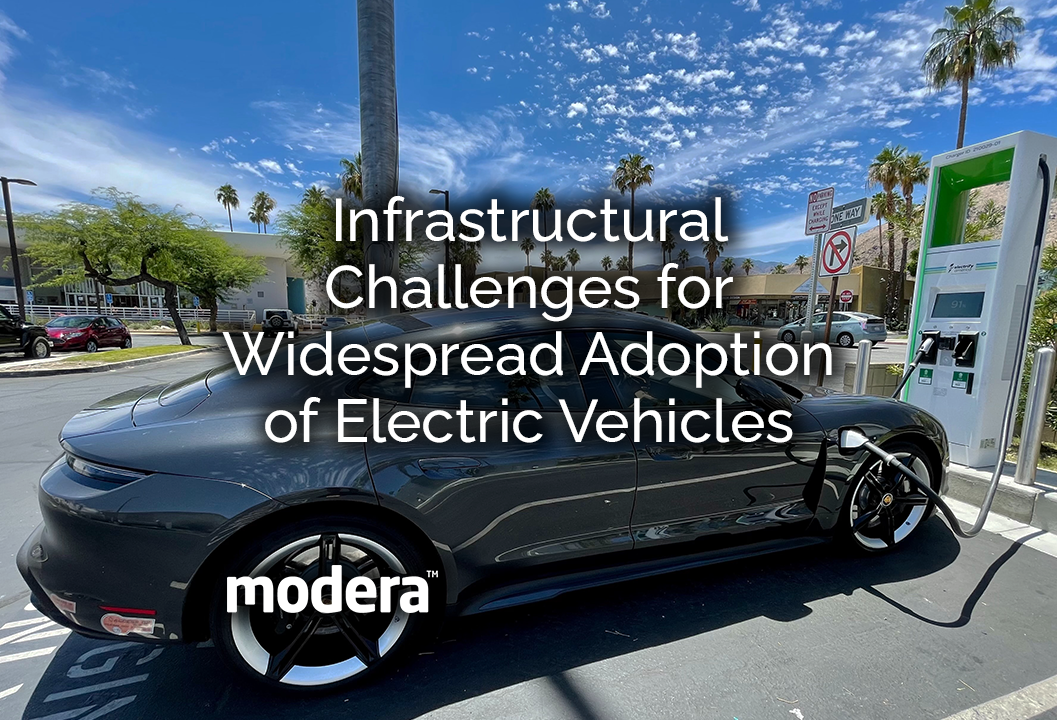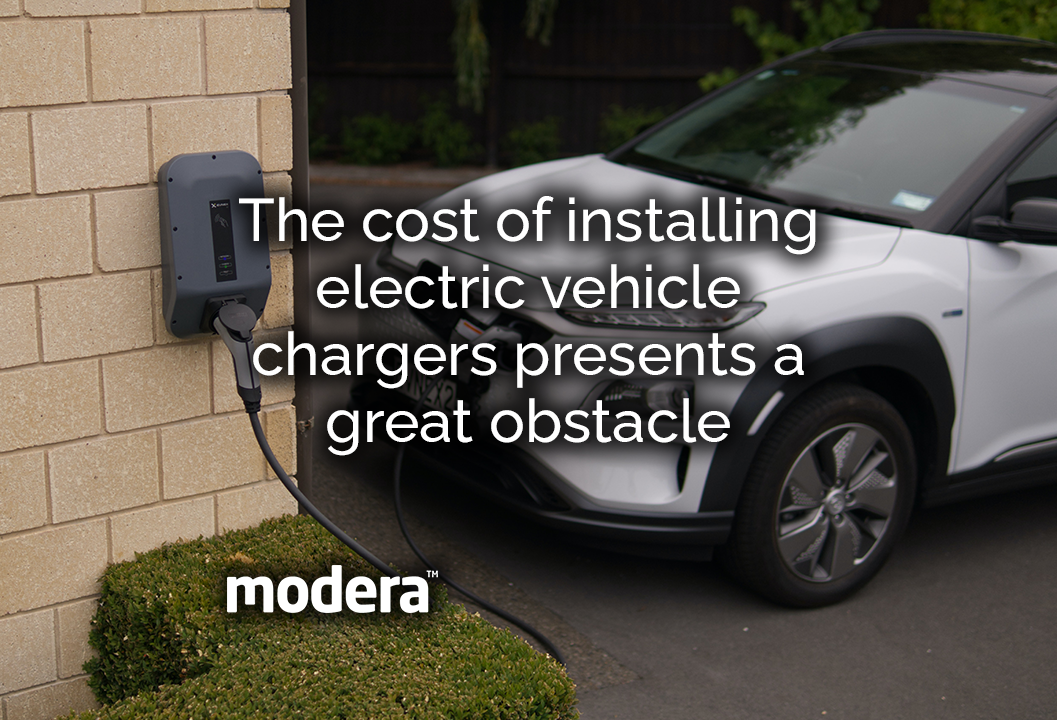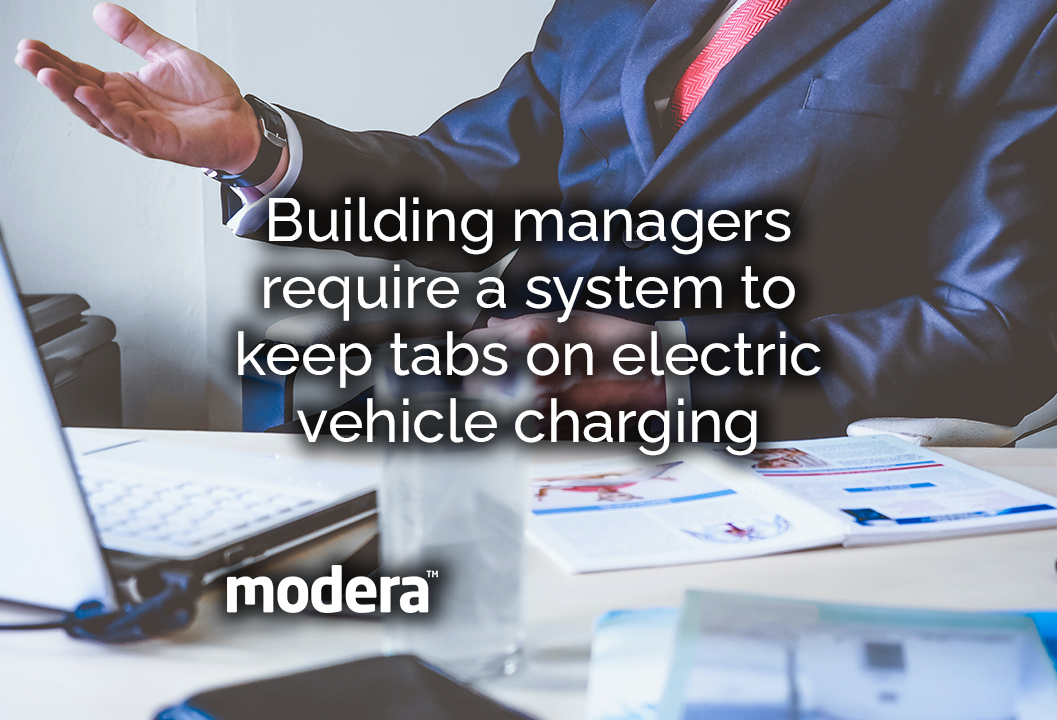Electric vehicles (EV) are slowly emerging as the key player to cutting down carbon emissions. And they are paving the way for significant climate progress. Even though these vehicles aren’t totally “emission-free”, due to the manufacturing process. Or due to the fossil fuels used to generate the electricity they need to recharge. Considering those facts still their enhanced energy efficiency means considerable emission reductions.
But there are quite a few infrastructural challenges when it comes to the widespread adoption of electric vehicles.

Charging times
There are three levels of chargers available for EVs at the moment:
- The 120-V plug, used for home appliances, is slow to charge. But it can fill a battery to near full capacity with a couple of nights’ charge. Or around 20 to 40 hours.
- The 240-V chargers provide 20 to 25 miles of charge in an hour. This means that charging time decreases down to 8 hours or less.
- DC fast chargers can power up batteries to about 80% in just 30 minutes.
As of now, the level two chargers are available widely. The cost differences between the charger types have to be factored in. As per a study by the Rocky Mountain Institute, costs for a level two charger’s components range from $2,500 to $7,210 and from $20,000 to $35,800 for a DC fast charger. Stations have to balance the cost of installation with needs and convenience of drivers.
Charging infrastructure
Several electric vehicle owners charge their cars at home in their garage via a special wall-mounted charger. But for drivers who live in apartments, parking garages are rarely equipped with charging infrastructure.
Installing these chargers can be cost prohibitive for building managers.

There is the issue of electric costs incurred at common outlets as well. Since regular EV charging uses up more energy than most residential uses, building managers require a system. System to keep tabs on EV charging to ensure the driver of each vehicle pays for their own electricity usage. Expanded charging infrastructure is a must for EVs to make long-distance trips that require several stops for charging. A study* stated that an excess of 10,000 more charging stations should be installed. This is all to support EV charging requirements on inter-city corridors by 2025. For longer trips, EV owners often experience “range anxiety”. “Range anxiety” is the fear the car will run out of power before reaching a charging station. Surveys show that concerns about range and charging availability are an important limit on consumer uptake of EVs.
*by International Council on Clean Transportation
Compatibility of electric vehicles chargers
Development of level two chargers has been great, with all automakers besides Tesla using the same charge port model. However, there are three different varieties of DC fast chargers being used by auto manufacturers:
- SAE Combined Charging System – used by most.
- CHAdeMO, used by Nissan and Mitsubishi.
- Tesla Supercharger, which is only for Tesla drivers.
Lack of vehicle compatibility differs from universal vehicle access to gas stations, which can be a huge hurdle.
Capacity of grids
Eventually, swapping a national fleet of vehicles powered by gasoline, for EVs can be good. This means stretching the electric grid to capacity with millions depending on it. Power generation capacity has to be sufficiently stepped up to accommodate these vehicles, while ensuring there is no additional strain.

According to the Department of Energy, electricity consumption is likely to increase by 38% by 2050. This is mostly due to many car owners switching to EVs. The main challenge is that some grids have the available excess capacity to generate increased amounts of power. And this with existing infrastructure under favorable assumptions for charging times, but others don’t. The ability of grids to be able to handle EV charging also depends on the time of day the vehicles are plugged into it. Chances of overloading grids are much lower, if EVs are charged at off-peak hours.
Financing of electric vehicles charging stations
Needless to say, EV charging stations are extremely expensive to install. Public station component costs can range enourmously. Prices are between $2,500 for a level two charger up to $35,800 for a DC fast charger, as mentioned above. However, this price range excludes the installation costs and other expenses. Expenses uch as navigating the permitting process, regulations, and interconnection with utilities.
Car and energy companies are the main financers for charging station constructions. But there are also business owners, which include managers of parking lots and garages, shopping centers, and retailers. So everyone who wish to attract more EV users.

There are some big charging station projects underway. But these have tended to be unprofitable in the past due to high upfront costs. Use of electric cars has to be more widespread, in order to make significant gains. Some states like California and Texas have allowed utilities to invest in EV charging stations.
Climate changes and renewable energy
The electrical grid is reliant on fossil fuels, which reduces cost-effectiveness of EV adoption as a strategy for reducing emissions. The degree of emissions is much lower for EVs when renewable energy sources make up a greater proportion of the energy mix. Maximizing the use of renewable energy to power electric vehicles is therefore crucial.
Carbon emissions can go down drastically, if electric vehicles are widely adopted. Vehicle costs have gone down as battery prices have reduced, and EV sales are growing. However, more needs to be accomplished. There are several infrastructural obstacles to be handled. Along with technological, economic, and behavioral problems and trade-offs. All which are standing in the way of EVs being adopted by all.
Find out more about the solutions that Modera offers for automotive businesses HERE.
_____________
Cover image Pexels
